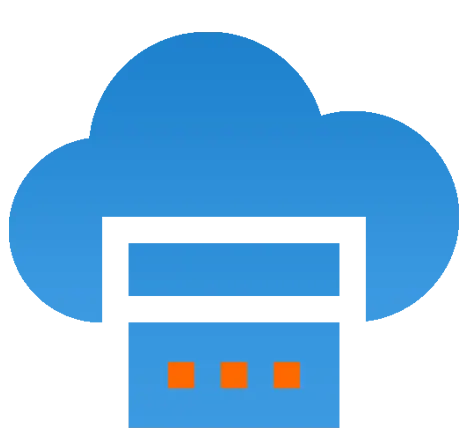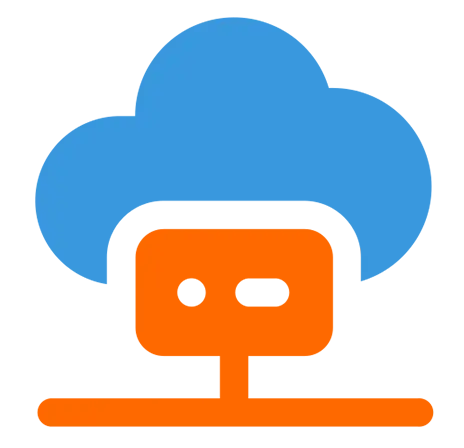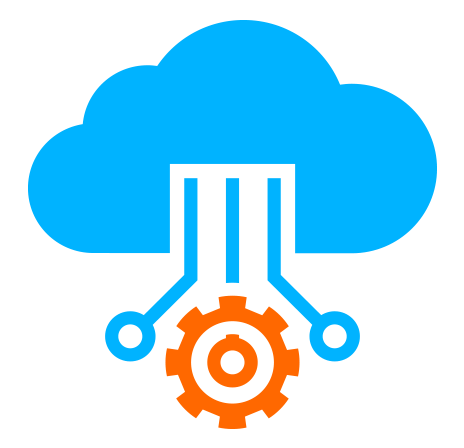 Server
Colocation
Server
Colocation
 CDN
Network
CDN
Network
 Linux Cloud
Hosting
Linux Cloud
Hosting
 VMware Public
Cloud
VMware Public
Cloud
 Multi-Cloud
Hosting
Multi-Cloud
Hosting
 Cloud
Server Hosting
Cloud
Server Hosting
 Kubernetes
Kubernetes
 API Gateway
API Gateway

Retrieval-Augmented Generation (RAG) is best used by integrating a retrieval mechanism to fetch relevant external data which supplements a large language model's (LLM) knowledge, helping it generate precise, contextually accurate, and up-to-date responses. It excels at queries needing specific, fact-based, or enterprise knowledge—such as question answering over document databases, customer support, or knowledge base lookups—where grounding answers against real-time or specialized data sources is critical.
RAG is a hybrid AI technique that combines retrieval of relevant external information with generative capabilities of large language models (LLMs). Instead of generating answers solely based on its training data, a RAG system retrieves relevant content from documents, databases, or APIs and uses this data to contextualize and augment its responses, reducing hallucination and improving accuracy. The system typically involves three core components: retrieval, augmentation, and generation.
Proper use of RAG starts with ingesting clean, well-organized data from the knowledge base or relevant sources. Preprocessing involves standardizing text formats, removing irrelevant content, handling images or tables carefully, and extracting metadata to enhance retrieval accuracy.
Once data is preprocessed, it is split into manageable chunks and converted into vector embeddings using embedding models. These vectors are stored in a vector database, enabling efficient similarity search during retrieval. Proper chunking and vectorization strategies impact retrieval quality significantly.
When a query is received, it is converted into a vector and compared against the stored document vectors to fetch relevant data chunks. This retrieved context is then used to augment the prompt given to the LLM, allowing it to generate an informed answer grounded in the external knowledge.
Crafting the prompt that combines the user question and retrieved context is crucial. The prompt format should clearly instruct the LLM to use the retrieved data for response generation, minimizing hallucinations. Techniques include defining template prompts or using diversity selection to manage input context effectively.
To keep answers accurate over time, the external data sources and their embeddings must be updated regularly. This can be achieved by real-time ingestion pipelines or periodic batch processing to reflect new or modified information in the knowledge base.
RAG excels at queries that:
1. Require retrieval of specific factual information from knowledge bases, documents, or databases.
2. Demand up-to-date or domain-specific knowledge outside the LLM's training data.
3. Involve complex or technical question answering where grounding responses in authentic sources is necessary.
4. Include multi-turn interactions in chatbots or virtual assistants relying on large structured document corpora.
5. Benefit from disambiguation or context enrichment by synthesizing retrieved content with the LLM's language abilities.
6. RAG is less effective for purely creative or open-ended queries that do not benefit from external factual context.
Q: What are the main challenges in implementing RAG?
A: Proper data preprocessing, efficient chunking, high-quality embeddings, prompt engineering, and maintaining up-to-date content are key challenges. Additionally, balancing retrieval relevance and generation fluency requires careful tuning.
Q: How does RAG reduce hallucinations in language models?
A: By grounding the language model's answers on retrieved, factual data from trusted external sources rather than relying solely on the model's internal parameters, RAG minimizes hallucinated or fabricated responses.
Q: What types of external data sources can be used in RAG?
A: Documents, databases, APIs, FAQs, manuals, knowledge bases, and even real-time streaming data that can be indexed and embedded for retrieval.
Q: Can RAG be used for multilingual query answering?
A: Yes, provided the vector embeddings and retrieval system support multilingual content, RAG can retrieve relevant data in multiple languages for generation.
Retrieval-Augmented Generation (RAG) is a transformative AI approach that enhances the capabilities of large language models by integrating external knowledge retrieval. When used correctly with clean data, efficient indexing, and well-crafted prompts, RAG delivers accurate, context-rich, and reliable responses. It is particularly effective for fact-based, up-to-date queries across industries, enabling next-level chatbots, virtual assistants, and enterprise AI applications. Cyfuture Cloud provides the infrastructure and expertise to implement RAG effectively, empowering businesses to harness AI's true potential.

Let’s talk about the future, and make it happen!
By continuing to use and navigate this website, you are agreeing to the use of cookies.
Find out more


